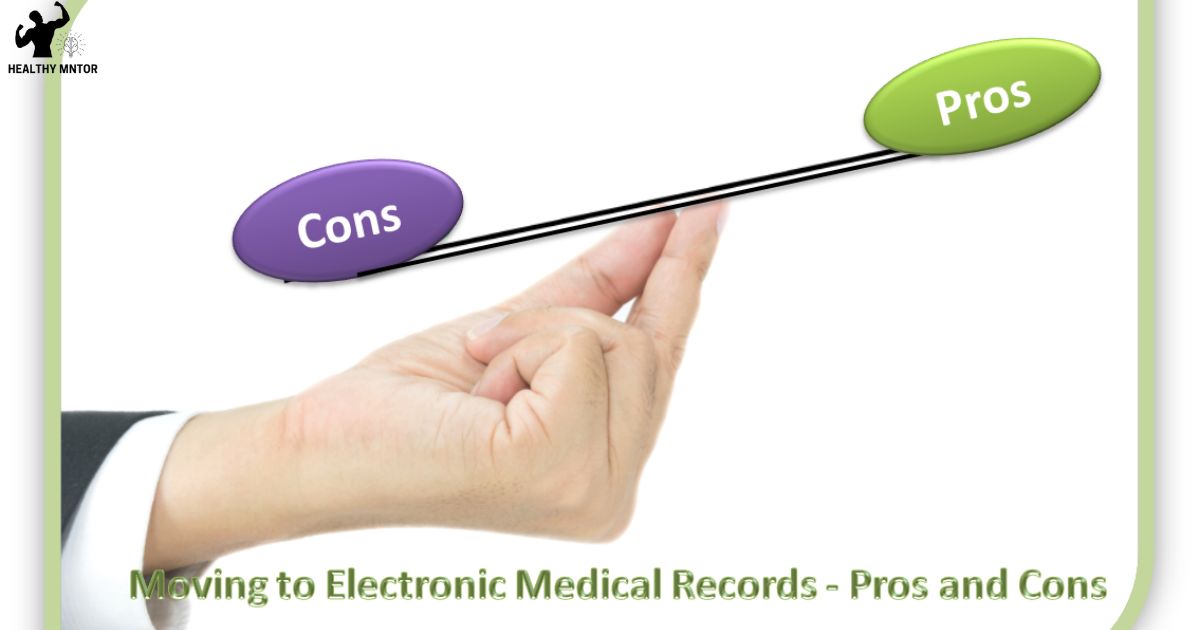When it comes to managing prescription costs, individuals often face the question of whether they must rely solely on their health insurance. Consider this scenario: John, a hardworking professional, recently discovered that his insurance plan does not cover the medication he needs. In this article, we will explore the various factors to consider when deciding whether to use health insurance for prescriptions, as well as alternative payment options that may provide a better solution for individuals like John.
Key Takeaways
- Understanding prescription coverage is essential to make informed decisions about healthcare and ensure coverage for prescription needs.
- Exploring alternative payment options such as paying out-of-pocket or utilizing discount prescription programs can potentially lower costs for prescriptions and provide solutions for the uninsured or underinsured.
- Out-of-pocket prescription costs can result in significant financial burden, but exploring copay assistance programs, negotiating prescription prices, and considering generic alternatives can help save money on medications.
- Discount prescription programs provide significant cost savings, are accessible to anyone regardless of insurance or income, offer convenience through online platforms or mobile apps, and alleviate financial stress while providing security.
Understanding Prescription Coverage
The article provides a comprehensive guide to understanding prescription coverage and its impact on health insurance plans. When it comes to prescription coverage, it is important to explore copay options and understand prescription deductibles. Copay options refer to the amount of money you pay out of pocket for each prescription. This can vary depending on the type of medication and your insurance plan. Understanding prescription deductibles is also crucial. A deductible is the amount of money you must pay before your insurance coverage kicks in. This applies to prescriptions as well. By understanding your copay options and prescription deductibles, you can make informed decisions about your healthcare and ensure that you are getting the most out of your health insurance plan.
Exploring Alternative Payment Options
When it comes to paying for prescription medications, there are alternative options to using health insurance. One option is paying out-of-pocket, where the cost is directly paid by the patient without involving insurance coverage. Another option is utilizing discount prescription programs, which offer reduced prices on medications for those who are uninsured or underinsured. These alternative payment options can provide individuals with more flexibility and potentially lower costs for their prescription needs.
Out-Of-Pocket Prescription Costs
Patients often face significant financial burden due to high out-of-pocket prescription costs. To alleviate this burden, exploring copay assistance programs and negotiating prescription prices can be viable options. Copay assistance programs provide financial assistance to eligible patients, reducing their out-of-pocket costs for prescription medications. Negotiating prescription prices with pharmacies or exploring generic alternatives can also help lower costs.
To further illustrate the impact of out-of-pocket prescription costs, consider the following table:
| Medication | Cost with Insurance | Cost without Insurance |
|---|---|---|
| Drug A | $20 | $100 |
| Drug B | $10 | $80 |
| Drug C | $30 | $120 |
| Drug D | $15 | $90 |
As seen in the table, patients can save a significant amount of money by utilizing copay assistance programs or negotiating prescription prices. However, there are additional options available, such as discount prescription programs, which can further reduce out-of-pocket costs. (124 words)
Discount Prescription Programs
Additionally, regularly exploring alternative payment options, like discount prescription programs, can help patients further reduce their out-of-pocket costs for medications. These programs offer various benefits that can evoke a sense of belonging and relief for patients struggling with high prescription costs. Here are three reasons why discount programs are worth considering:
- Cost Savings: Discount programs often provide significant savings on prescription medications, allowing patients to access necessary treatments at a fraction of the cost. This can alleviate financial stress and provide a sense of security.
- Accessibility: Discount programs are typically available to anyone, regardless of insurance coverage or income level. This inclusivity fosters a sense of belonging and ensures that individuals have access to affordable medications.
- Convenience: Many discount programs offer online platforms or mobile apps, making it easy to search for discounted medications, compare prices, and conveniently order prescriptions from the comfort of home.
Considering these advantages, it is important to weigh the pros and cons of using health insurance for prescriptions to make an informed decision.
Pros and Cons of Using Health Insurance for Prescriptions
The cost-effectiveness of utilizing health insurance for prescriptions remains a subject of deliberation among healthcare professionals and policymakers. There are pros and cons to using health insurance for prescriptions. On the positive side, health insurance can help manage the cost of medications, especially for those with chronic conditions who require long-term treatment. It provides access to a wide range of medications and may offer lower copayments or discounts for certain drugs. Additionally, health insurance ensures that individuals have coverage for unexpected medical expenses and emergencies. However, there are also drawbacks to using health insurance for prescriptions. Some medications may not be covered by insurance, leading to higher out-of-pocket costs. There may also be restrictions on the quantity or dosage of medications covered. Furthermore, insurance plans often require prior authorization or step therapy, which can delay access to necessary medications. Overall, the decision to use health insurance for prescriptions should consider the specific coverage and cost structure of the insurance plan, as well as individual healthcare needs.
Navigating Formularies and Tier Levels
Navigating formularies and tier levels is an essential aspect of understanding medication coverage under health insurance plans. Formularies are lists of covered medications, and each medication is assigned a tier level that determines the cost-sharing amount for the patient. By familiarizing yourself with the formulary and tier levels, you can explore cost-effective alternatives and make informed decisions about your prescriptions.
Understanding Medication Coverage
Understanding medication coverage requires a thorough examination of formularies and tier levels to ensure optimal prescription benefits. When it comes to medication reimbursement, navigating prescription formularies can be complex. Here are three key points to consider:
- Formulary Restrictions: Some insurance plans have restrictions on certain medications, requiring prior authorization or step therapy. This can limit access to specific drugs, potentially impacting patient outcomes and quality of life.
- Tier Level Pricing: Prescription formularies often categorize drugs into different tiers, with each tier having different cost-sharing amounts. Higher-tier medications tend to have higher out-of-pocket costs, making them less affordable for some individuals.
- Preferred vs. Non-Preferred Medications: Insurance plans may have a list of preferred medications, which are typically more cost-effective for both the patient and the insurer. Non-preferred medications may come with higher prices or require additional steps for coverage.
Understanding these factors can help individuals make informed decisions about their medication coverage. However, it is also important to explore alternative options to find cost-effective alternatives.
Finding Cost-Effective Alternatives
To find cost-effective alternatives, individuals should carefully analyze formularies and tier levels, seeking out lower-cost options that still meet their medication needs. One of the most effective cost-saving strategies is to consider generic medications. Generic drugs are bioequivalent to brand-name drugs but are typically sold at a fraction of the cost. By opting for generic alternatives, individuals can significantly reduce their out-of-pocket expenses. It is important to note that not all medications have generic versions available, but when they do, it is worth exploring this option. Comparing costs between insurance and out-of-pocket payments is crucial in making informed decisions. By reviewing the medication prices with insurance coverage versus the cost without insurance, individuals can determine which payment option is more cost-effective for them.
How to Compare Costs Between Insurance and Out-Of-Pocket Payments
Comparing the costs between insurance and out-of-pocket payments can help individuals make informed decisions about their healthcare expenses. When evaluating options, it is important to consider the following:
- Price Comparison: Compare the prices of medications with insurance coverage versus paying out-of-pocket. This can help determine which option is more cost-effective and affordable for you.
- Coverage Limitations: Evaluate the coverage limitations of your insurance plan. Some plans may have restrictions on certain medications or require prior authorization, which can impact your out-of-pocket costs.
- Deductibles and Copayments: Consider the deductibles and copayments associated with your insurance plan. These costs can vary depending on the medication and your specific plan, so it is essential to understand how they will impact your overall expenses.
Considerations for High-Cost Medications
Several factors, such as the potential financial burden and the efficacy of alternative treatments, should be carefully assessed when determining the suitability of high-cost medications. It is important to consider the cost-effectiveness of these medications and explore other options that may offer similar benefits at a lower cost. To help you make an informed decision, here is a table comparing high-cost medications with their potential cost-effective alternatives:
| High-Cost Medications | Potential Cost-Effective Alternatives |
|---|---|
| Medication A | Generic version of Medication A |
| Medication B | Medication C |
| Medication C | Lifestyle changes |
| Medication D | Therapeutic alternatives |
| Medication E | Over-the-counter options |
Tips for Maximizing Your Prescription Benefits
When considering ways to maximize your prescription benefits, it is crucial to stay informed about the latest strategies and options available. By being proactive, you can save money and ensure that you are receiving the medications you need at an affordable cost. Here are three tips for maximizing your prescription benefits:
- Explore prescription assistance programs: These programs are designed to help individuals who are struggling to afford their medications. They provide financial assistance, discounts, and other resources to help you save on prescription costs.
- Compare prices and shop around: Don’t settle for the first pharmacy you come across. Prices for medications can vary significantly between different pharmacies. Take the time to compare prices and explore different options to find the best deal and maximize your savings.
- Consider generic alternatives: Generic medications are just as effective as their brand-name counterparts but are often much more affordable. Talk to your healthcare provider about generic alternatives for your prescriptions to save money without compromising on quality.
Frequently Asked Questions
What Are the Potential Consequences of Not Using My Health Insurance for Prescriptions?
Potential consequences of not using health insurance for prescriptions include higher out-of-pocket costs, missed opportunities for coverage, and limited access to preferred pharmacies. Exploring alternative options, such as prescription discount programs, can help mitigate these risks.
Can I Use My Health Insurance for Over-The-Counter Medications?
Using health insurance for prescriptions is not mandatory, but it is a convenient option for accessing prescription medications. Prescription coverage provided by health insurance plans can help reduce out-of-pocket expenses for necessary medications.
Are There Any Limitations or Restrictions on the Types of Prescriptions Covered by My Health Insurance?
Health insurance coverage for prescriptions may have limitations and exclusions. It is important to review your policy to understand what types of prescriptions are covered, as certain medications may not be included.
Are There Any Specific Steps I Need to Take to Ensure My Prescription Is Covered by My Health Insurance?
To ensure prescription coverage under your health insurance, there are several steps you can take. These include checking your plan’s formulary, contacting your insurance provider for pre-authorization, and exploring options for specialty medication coverage if needed.
What Are Some Common Reasons Why People Choose Not to Use Their Health Insurance for Prescriptions?
Common alternatives to using health insurance for prescriptions include using discount prescription programs or purchasing medications from online pharmacies. Some people may choose not to use insurance to avoid high out-of-pocket expenses or privacy concerns.
Conclusion
In conclusion, it is not mandatory to use health insurance for prescriptions, as there are alternative payment options available. However, there are pros and cons to consider when deciding whether to use insurance or pay out-of-pocket. Navigating formularies and tier levels can be a complex process, but comparing costs between insurance and self-payment can help make an informed decision. Additionally, for individuals with high-cost medications, maximizing prescription benefits is crucial. Ultimately, the choice between using health insurance or paying out-of-pocket depends on personal circumstances and preferences.







